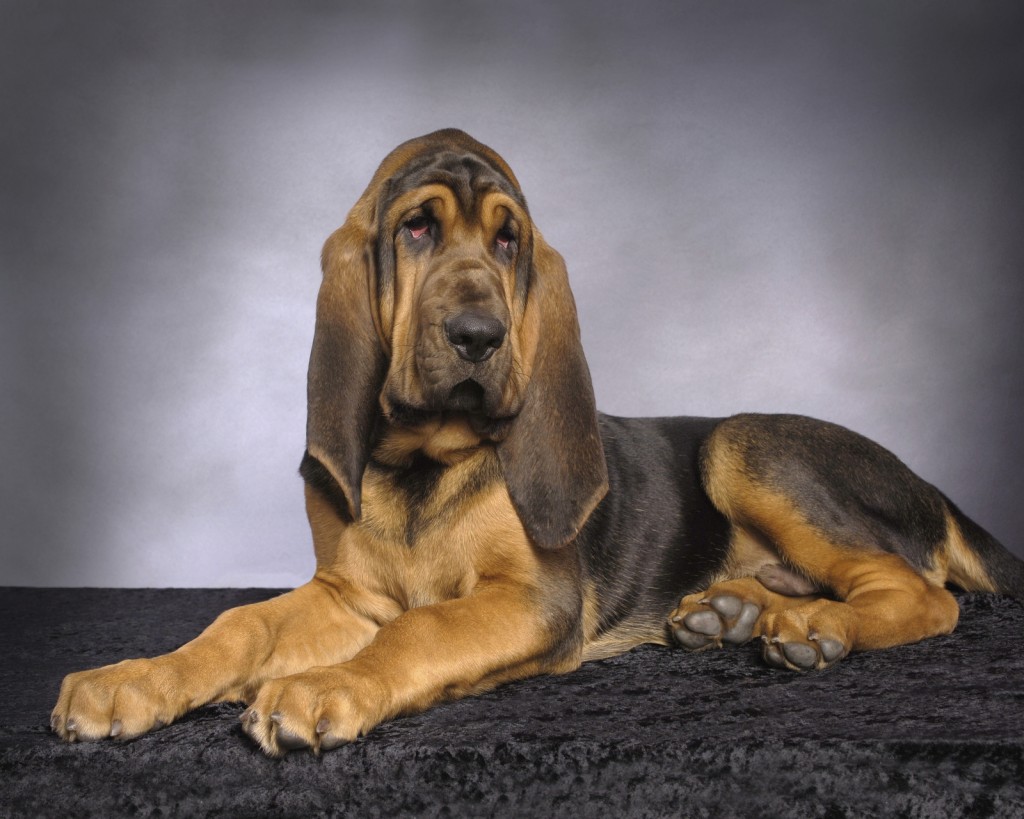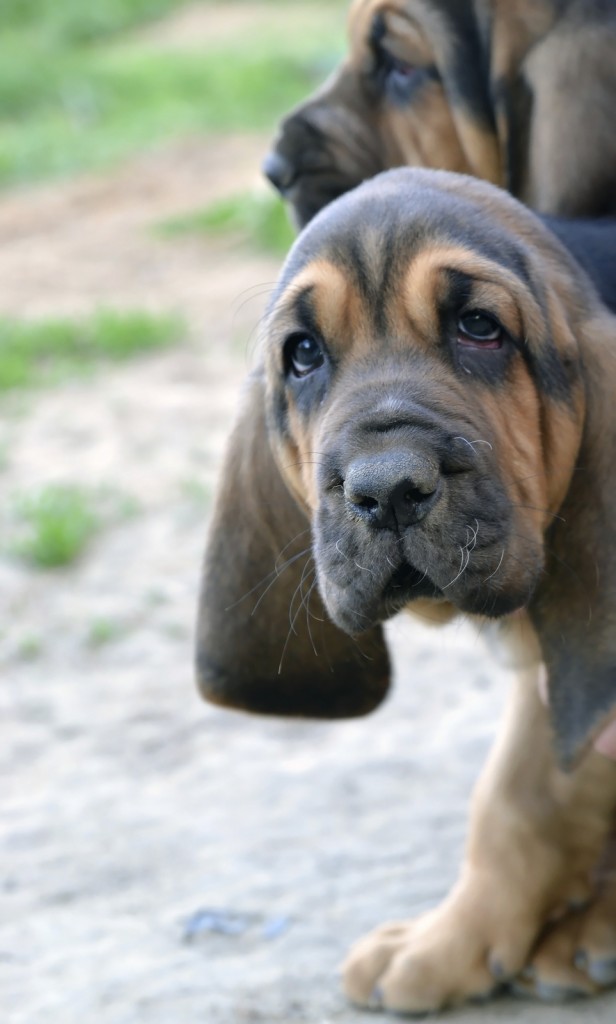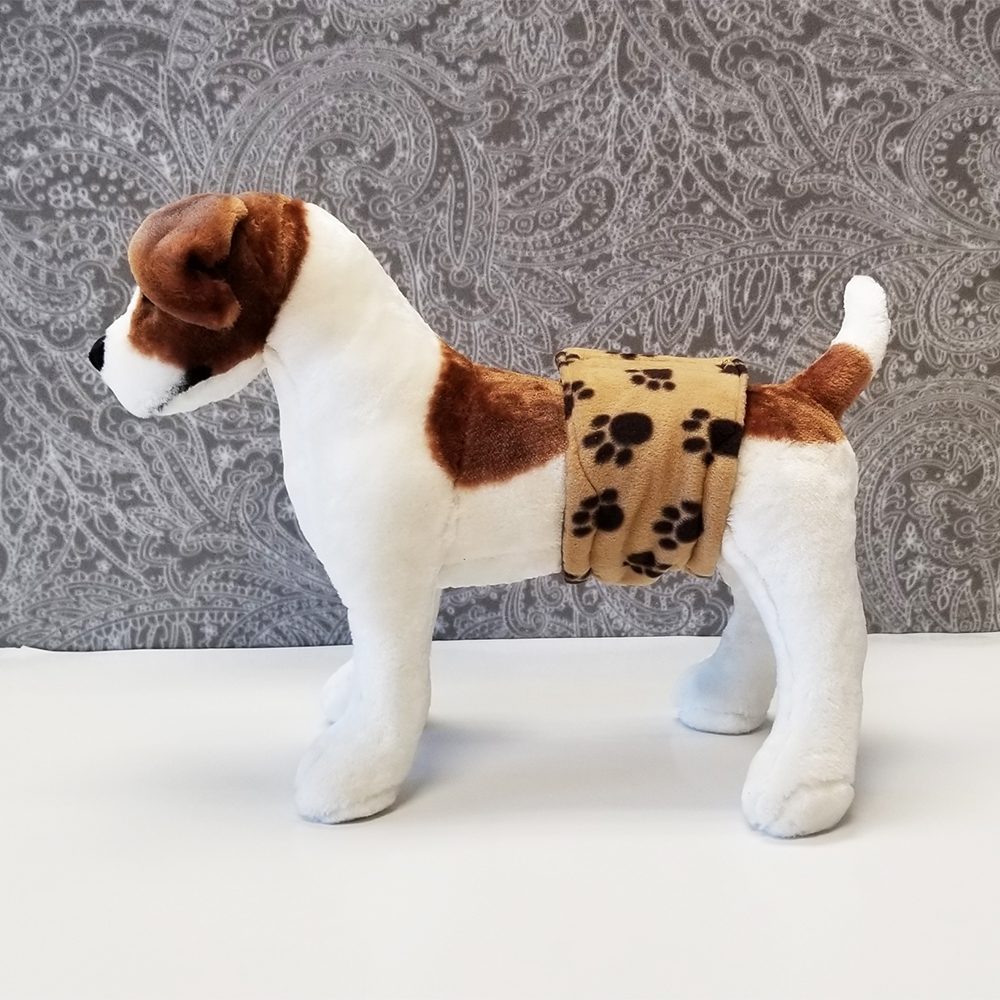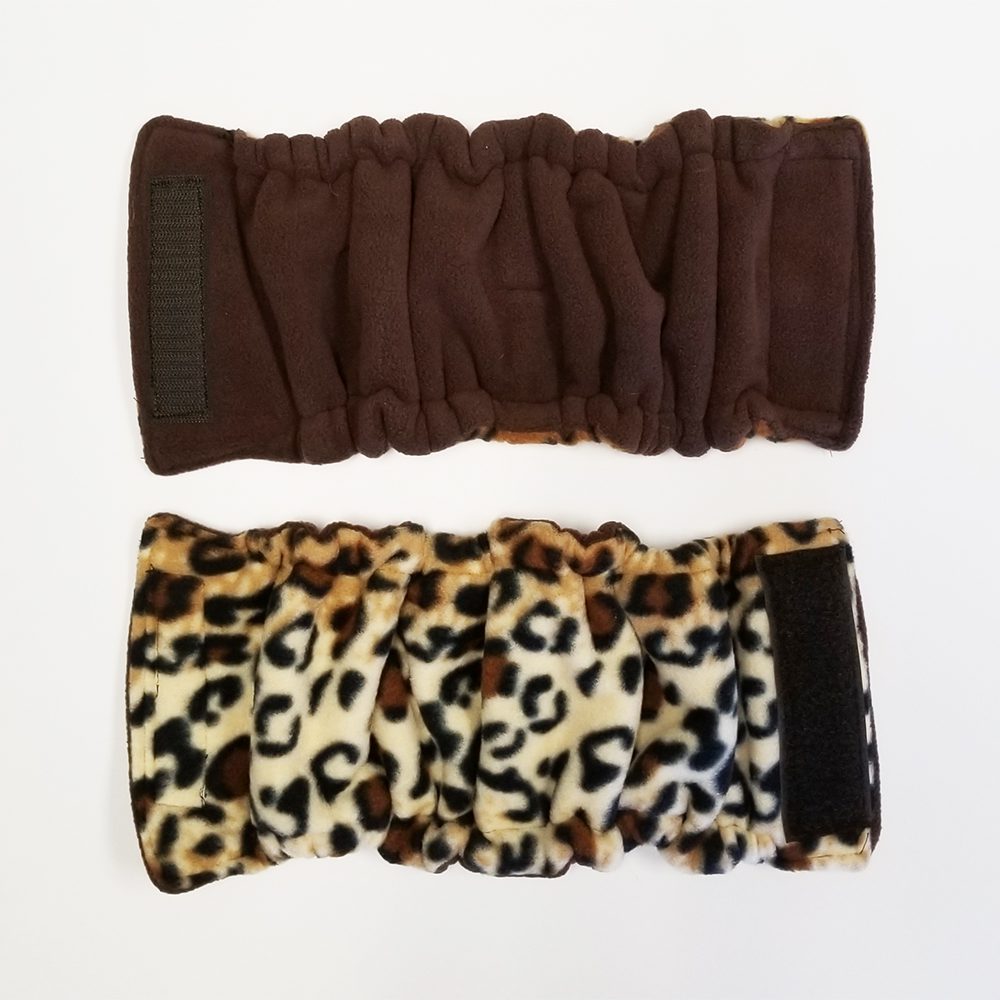Bloodhound

Bloodhound: The Unparalleled Scent Detective
Welcome to the comprehensive guide on the Bloodhound, a breed celebrated for its extraordinary scenting ability and noble appearance. This page is dedicated to exploring the world of the Bloodhound, a gentle yet powerful dog renowned for its unparalleled tracking skills.
Overview
AKC Height: 23-27 inches
AKC Weight: 80-110 pounds
Colors: Black and tan, liver and tan, and red; the darker colors being sometimes interspersed with lighter or badger-colored hair and sometimes flecked with white. A small amount of white is permissible on chest, feet, and tip of stern.
Life Expectancy: 10-12 years
Group: Hound Group
__________________________________________

Physical Characteristics
- Distinctive Features: Bloodhounds are known for their wrinkled skin, especially on the face and neck, and their long, droopy ears. They have a powerful build and a short coat, which is typically black and tan, liver and tan, or red.
- Imposing Stature: These large dogs are muscular and sturdy, bred for endurance and strength in tracking.
Temperament and Personality
Bloodhounds are affectionate, patient, and mild-mannered. They are known for their docile nature, making them great companions for families. Despite their size, they are usually gentle with children and other pets.
Training and Exercise Needs
- Training: Bloodhounds are intelligent dogs although they can be independent-minded. Consistency, patience, and positive reinforcement are essential in training.
- Exercise: They require regular exercise to maintain their health and happiness. Long walks and opportunities to explore scents in a safe area are ideal.
- Mental Stimulation: Utilizing their natural scenting ability in activities like tracking can provide excellent mental stimulation.
Health and Nutrition
- Diet: A balanced diet suitable for large breeds is crucial. It’s important to monitor their food intake as they can be prone to obesity.
- Health Issues: Generally robust, Bloodhounds can develop issues, including hip and elbow dysplasia, entropion, ectropion, hypothyroidism, panosteitis, epilepsy, histiocytic sarcoma. Regular veterinary visits are important for their health.
Grooming and Care
- Coat Care: Their short coat is relatively easy to care for; however, it does require regular brushing.
- General Care: Special attention should be given to their ears and skin folds to prevent infections.
Living with a Bloodhound
- Family Life: They are excellent family pets, known for their loyalty and affectionate nature.
- Adaptability: Bloodhounds adapt well to various living situations. They thrive in homes where they have space to explore and exercise.
- Companionship: They form strong bonds with their owners and enjoy being an integral part of family activities.
Responsible Ownership and Adoption
- Choosing a Breeder: Opt for breeders who prioritize health and temperament, and who provide health clearances for the puppies.
- Adoption Options: Adoption from shelters or breed-specific rescues is a noble choice, offering a chance to provide a loving home to a Bloodhound in need.
.
Conclusion: The Bloodhound, with its unmatched tracking ability, gentle disposition, and dignified presence, makes a wonderful addition to a loving family. Their unique qualities and friendly nature make them a beloved companion in any home.
Housebreaking
PUPPY HOUSEBREAKING tips: https://www.dog-breeds.net/puppy-housebreaking/
ADULT MARKING AND RETRAINING tips: https://www.dog-breeds.net/dog-housebreaking-marking-page/



